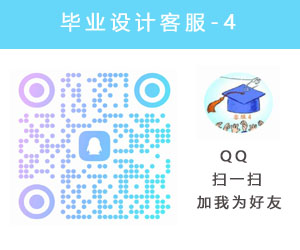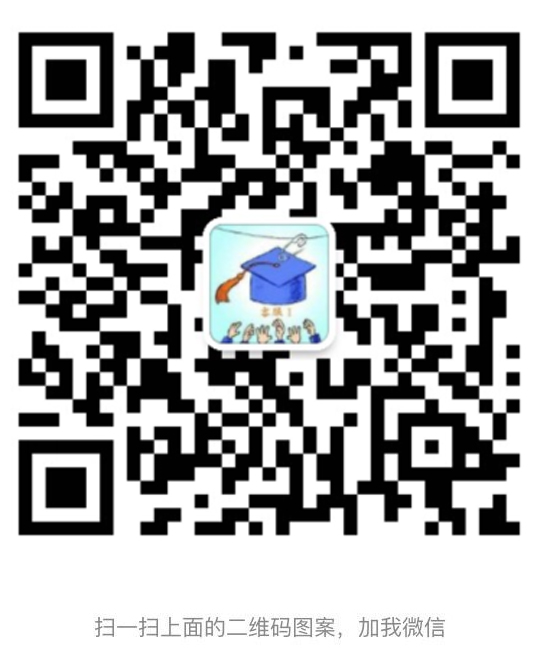摘 要
近年来,随着Internet的迅速崛起,互联网已日益成为收集提供信息的最佳渠道并逐步进入传统的流通领域。于是电子商务开始流行起来,越来越多的商家在网上建起在线商店,向消费者展示出一种新颖的购物理念,本购物系统基于B/S模式,实现了当前购物网站的基本功能。
本论文就此购物系统进行了详细全面的论述。系统中用户的主要功能有:用户登录、注册、商品浏览、商品购买、订单管理以及个人信息管理。管理员的主要功能有:商品管理、用户管理以及订单信息管理。
全文共分为五个部分,第一部分是介绍相关理论知识;第二部分介绍系统总体设计;第三部分介绍系统具体实现过程;第四部分是测试工作。最后是结论。
关键词:电子商务;购物系统;JSP;SQL数据库
The Design and Realization of shopping Online System Based on JSP
Abstract
In recent years, Internet has become the best channel for collection of information and entered the traditional field of circulation with the rapid rising. E-commerce has been popular, and more and more online stores are established on the Internet, displaying a new idea of shopping. This Shopping system based on B/S mode, realize the base function of the current Shopping site.
This paper introduces the Shopping system in detail. The main functions of people in system include login, registration, view and purchasing of goods, management of the Orders and customers. The main functions of administrator include management of the goods, users and Orders.
There are five sections in this paper, the first is introduction of Related theoretical knowledge; the second is introduction of the design of system; the third is introduction of the process of realization; the forth is test; and the conclusion in the end.
Key words: E-commerce; Shopping System; JSP; Databasei
目 录
———————————————————————————————————————————
绪 论
第一节 系统分析 ……………………………………………………………………… (5)
1.1 需求分析 ……………………………………………………………… (5)
1.2 可行性分析 ……………………………………………………………… (5)
第二节 总体设计 ………………………………………………………………………… (6)
2.1 项目规划 ………………………………………………………………… (7)
2.2 系统功能结构图 ……………………………………………………… (7)
第三节 系统设计 ………………………………………………………………………… (8)
3.1 设计目标 ………………………………………………………………… (8)
3.2 开发及运行环境 ……………………………………………………… (9)
第四节 数据库设计 ………………………………………………………………………… (10)
4.1 SQL语言简介 ……………………………………………………………… (10)
4.2 Microsoft SQL Server 简介 ……………………………………………… (11)
4.3 AVA技术简介 ………………………………………………………………… (12)
4.4 TOMCAT简介 ………………………………………………………………… (13)
4.5 数据库需求分析 ……………………………………………………………… (13)
4.5.1 数据库的逻辑结构分析 ………………………………………… (14)
4.5.2 数据库表的设计 …………………………………………………… (14)
第五节 具体设计分析 …………………………………………………………………… (15)
5.1 系统首页 …………………………………………………………………… (15)
5.2 具体模块实现 ………………………………………………………………… (17)
5.2.1 商品查看 …………………………………………………………… (18)
5.2.2 购物车 ……………………………………………………………… (20)
5.2.3 订单管理 …………………………………………………………… (23)
5.2.4 用户个人信息管理 ……………………………………………… (24)
5.2.5 用户控件 ………………………………………………………… (25)
5.2.6 商品管理 ………………………………………………………… (27)
5.2.7 管理用户 …………………………………………………………… (27)
第六节 系统测试 …………………………………………………………………………… (28)
6.1 前台测试 …………………………………………………………………… (29)
6.2 后台测试 …………………………………………………………………… (29)
结 论 ……………………………………………………………………………………… (30)
后 记 ……………………………………………………………………………………… (31)
附 录 ………………………………………………………………………………………… (32)
参考文献 ……………………………………………………………………………………… (33)
绪 论
在21世纪的今天,网络成为工作、学习和一重要部分,充实着人们的生活。作为网络世界的支撑点的网站,更是人们关注的热点:政府利用网站宣传自己的施政纲领,日益成为与百姓交流的直通车;企业利用网站宣传自己的形象,进而挖掘无限商机;个人利用网站展示个性风采,创建彼此沟通的桥梁。越来越多的企业和个人希望拥有自己的网站,开辟网络世界里的一片天地。
近年来,随着Internet的迅速崛起,互联网已日益成为收集提供信息的最佳渠道并逐步进入传统的流通领域。于是电子商务开始流行起来,越来越多的商家在网上建起在线商店,向消费者展示出一种新颖的购物理念。
网上订购系统作为B2B,B2C,C2C电子商务的前端商务平台,在其商务活动全过程中起着举足轻重的作用。本文旨在讨论如何建设B2C的网上购物系统。网上购物是一种具有交互功能的商业信息系统。它向用户提供静态和动态两类信息资源。所谓静态信息是指那些比经常变动或更新的资源,如公司简介、管理规范和公司制度等等;动态信息是指随时变化的信息,如商品报价,会议安排和培训信息等。网上购物系统具有强大的交互功能,可使商家和用户方便的传递信息,完成电子贸易或EDI交易。这种全新的交易方式实现了公司间文档与资金的无纸化交换。

